Peter Gabriel 1977 debut album
Buy Draw the Line After departing from Genesis, the group he founded and fronted for nearly a decade, Peter Gabriel slowly worked his way into launching a solo career. His 1977 debut album […]
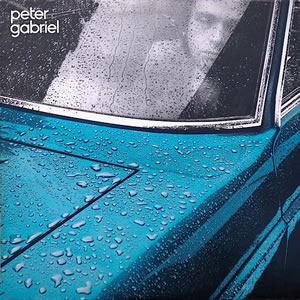
Buy Draw the Line After departing from Genesis, the group he founded and fronted for nearly a decade, Peter Gabriel slowly worked his way into launching a solo career. His 1977 debut album […]
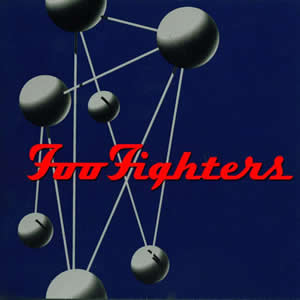
Buy The Colour and the Shape One could argue that Foo Fighters are a better overall group than Nirvana and that their sound is an evolution of the sound that was started earlier […]
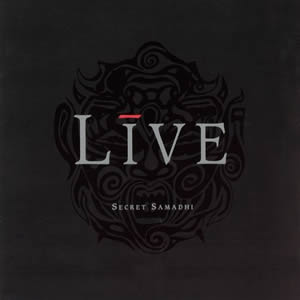
Buy Secret Samadhi The third overall album by the rock quartet Live, the 1997 release Secret Samadhi debuted on the top of the American charts immediately after its release. The album is named […]
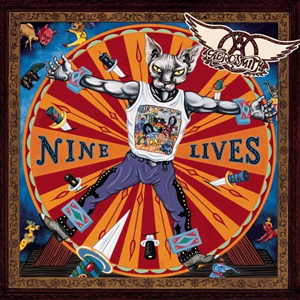
Buy Nine Lives The last in a string of albums over a decade long commercial run, Nine Lives saw Aerosmith return to their traditional record label as well as return to their core […]
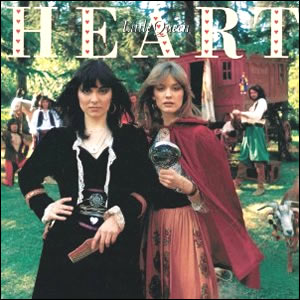
Buy Little Queen It wasn’t easy for Heart to follow-up their brilliant 1976 debut Dreamboat Annie. They started and stopped an album for Mushroom Records, which was later patched together as the release […]
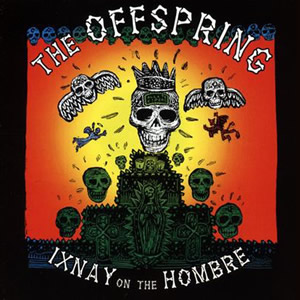
Buy Ixnay on the Hombre In their prime, The Offspring‘s music found the sweet spot somewhere between hard rock and hardcore. Their 1997 fourth overall release and major label debut, Ixnay on the […]
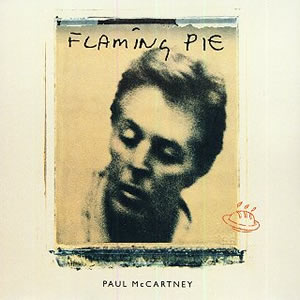
Buy Nine Lives After spending a few years working on The Beatles Anthology project, it was clear that Paul McCartney wanted to continue revisiting the sounds and styles of the past when he […]

Buy Disciplined Breakdown After exploding onto the international rock scene in the middle of the 1990s with the success of their first two albums, Collective Soul released their much anticipated third studio album, […]
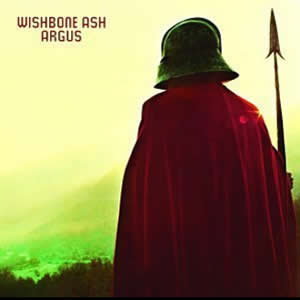
Buy Argus Argus is the most commercially successful album for Wishbone Ash and is considered by many to be their high-water mark musically. This third album by the British rock quartet features a […]